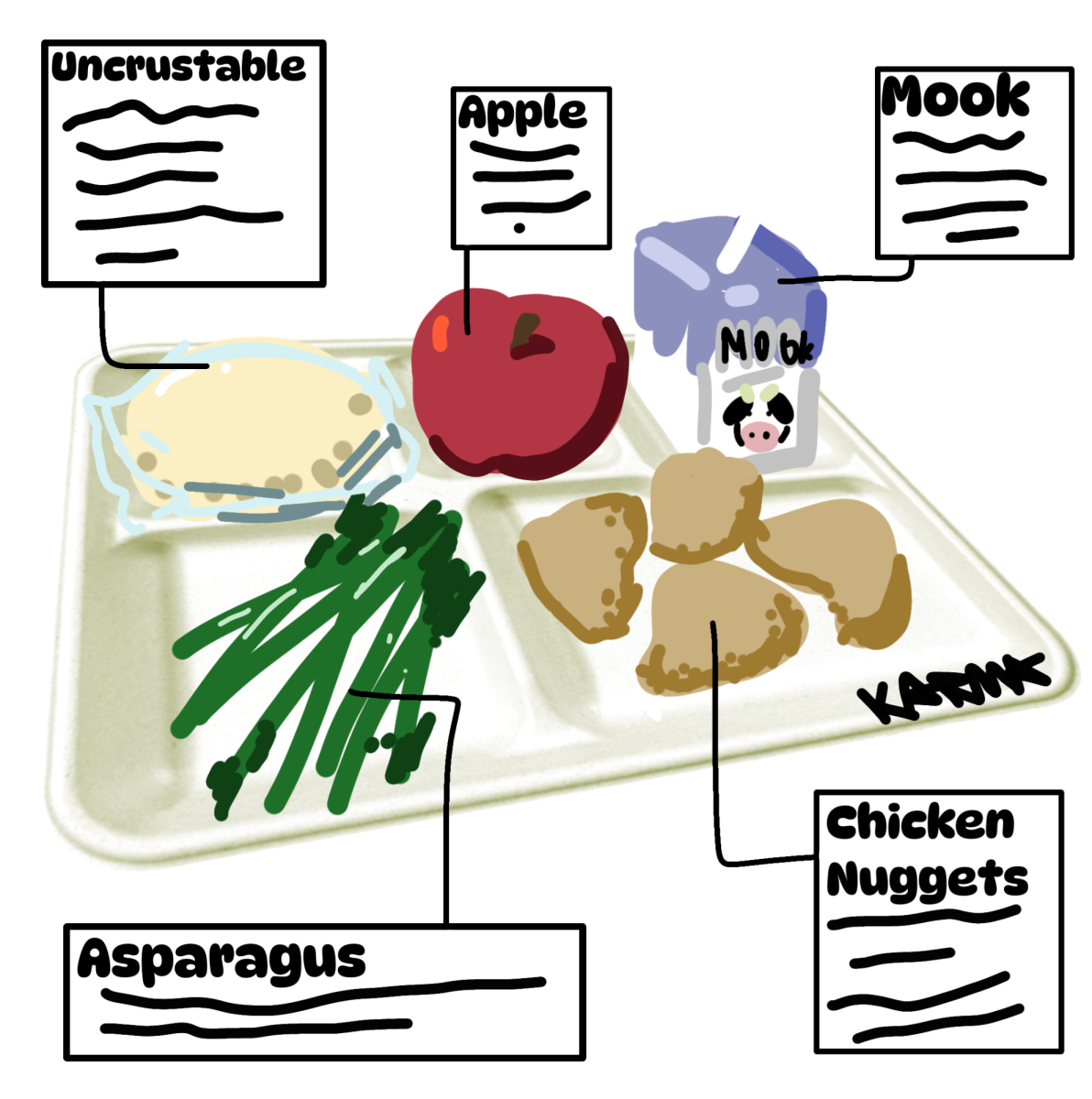School lunches, despite popular criticism, have a positive impact on students. 1 in 5 children in America go to school without having an adequate amount of food. This makes it hard for them to focus and get good grades, and impacts their education (“School Meal Statistics”).
Having school lunch programs and breakfast programs make it easier for students to get the food they need, and they often get better nutrition than the food they receive outside of school. With free access to food for those who need it, it increases the likelihood of graduation by 20%. Just like the many schools across the U.S, the MCPS district also offers free lunch programs.
The MCPS school district offers many different programs to help with meeting nutritional values. In an interview with Josie Wright, the Food Service Coordinator for MCPS, she explained that a big portion of the food served is locally sourced. The MCPS kitchens get their flour from wheat Montana, and they work with Garden City Harvest to get gardens in schools. Another way they make sure their nutritional values are correct is by using a program called ‘Nutrikids’ that tracks the menus and makes sure each meal meets the calorie, fat, sodium, and other nutritional goals.
Unlike many school programs, they base their meals on an offer menu, rather than a serve. This means that each student can choose what they want for lunch, and that there are multiple options rather than having to walk down a service line and getting whatever is being served, despite certain dislikes or dietary restrictions.
Compared to that of the parents of most American children, school provided lunches are far better then they were back when parents were receiving them. Despite this, new nutritional standards have been released for 2025 to 2027 (“Biden-Harris Administration Announces New School Meal Standards to Strengthen Child Nutrition | Food and Nutrition Service”).
This new policy will require schools to limit the amount of added sugars and sodium in the food served. The whole grains policy will stay the same and so will the policy on milk, but the added sugar levels will be reduced. Another new policy states that they will need to add more options to menus (beans, tofu, eggs, etc.) to try and add more proteins to breakfasts. These changes will be made over a 2 year period, with small changes beginning in the Fall of 2025, and full implementation of these new policies by the Fall of 2027.
The Biden-Harris administration is taking the initiative to start working on these changes, and has issued new grants to help meet these standards. They have invested 26 million dollars in school meal programs across America. These new budget changes are to help with a range of problems, but the majority of the funding will go to upgrading equipment. The grant’s goal is to improve both access and quality of food. K-12 schools feed nearly 30 million children every school day, and this new budget will help make it easier and safer for both staff and students to get the nourishment they need.
The MCPS district is already aligned to most of these guidelines according to Josie Wright. She also says that “It’s always a challenge when they add restrictions…But because of the way they roll out changes, we are able to adapt”. Since there are already national guidelines that many brands comply with, which makes it easier to source things. They use these guidelines as a way to secure their place in the school food industry.
To help keep food fresh in our k-8 schools, it’s first prepared then sent to the schools, where the lunch lady’s cook the food for their students. At times food is prepared and cooked at the school, but most of it is prepared in the main kitchen. For items the main kitchen cooks, they are loaded into hot carriers and then onto one of three delivery trucks, alongside cold carriers that carry fresh produce. These are then delivered to the schools. Each school orders their meals depending on how many students they think will need lunch, and they also order what they will need for breakfast the next day.
The High School’s create their own menus and also order from the main kitchen, but unlike the k-8 schools, they prepare, cook, and serve all of the meals there. This makes it harder to make sure high school students are meeting their nutritional values, since they can leave the campus during lunch. It also makes it hard to figure out how many students will need lunch or breakfast for the day.
Although most highschoolers don’t eat school provided lunch or breakfast, with the new changes that are being introduced, lunches should start to be both more nutritious and appealing. This new change will hopefully encourage more students to take steps into meeting required nutritional requirements while also enjoying the lunch offered at schools.





